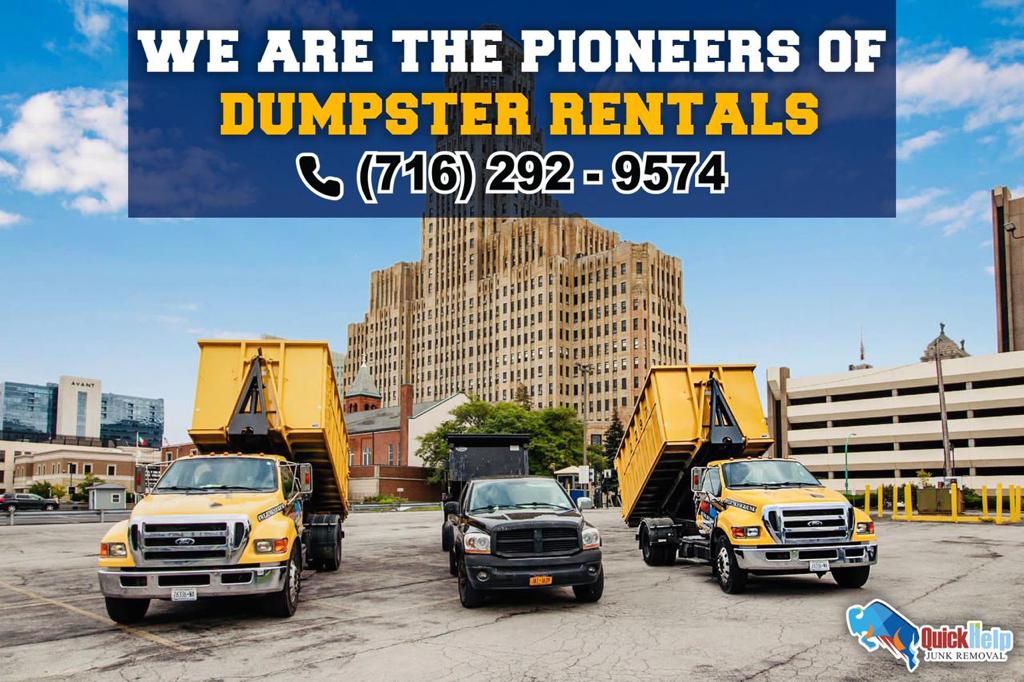Essential Tips for Junk Removal Warriors
Stay Safe: Essential Tips for Junk Removal Warriors!. Hey there, safety-conscious folks! When it comes to junk removal, safety should always be a top priority. Whether you’re clearing out your attic, renovating your home, or just getting rid of some old furniture, it’s important to take steps to protect yourself and those around you. As professional junk removal experts, we’ve seen it all – from heavy lifting mishaps to hazardous material spills. But fear not! With our expert tips and guidance, you’ll be well-equipped to stay safe during any junk removal project.
Preparing for the Job: Safety Starts Here
Conducting a Site Assessment for Potential Hazards
Before you dive into your junk removal project, take some time to assess the site for potential hazards. Look out for things like uneven terrain, low-hanging obstacles, and slippery surfaces. Identify any potential hazards and take steps to mitigate them before you start working.
Gathering Necessary Safety Equipment and Gear
Next up, make sure you have all the necessary safety equipment and gear on hand. This may include things like gloves, safety goggles, hard hats, and sturdy work boots. Having the right gear will help protect you from injuries and keep you safe throughout the junk removal process.
Developing a Safety Plan and Communication Protocol
Safety is a team effort, so be sure to develop a safety plan and communication protocol with anyone else who will be involved in the junk removal project. Make sure everyone understands their roles and responsibilities, and establish clear communication channels for reporting hazards or emergencies.
Handling Heavy and Bulky Items: Lift with Care
Proper Lifting Techniques to Prevent Strain and Injury
When it comes to lifting heavy and bulky items, proper technique is key. Remember to bend your knees, not your back, and keep the object close to your body as you lift. Avoid twisting or jerking motions, and take frequent breaks to rest and stretch your muscles.
Using Equipment such as Dollies and Lifts Safely
If you have access to equipment such as dollies or lifts, make sure you use them properly. Follow manufacturer guidelines and instructions, and never exceed the weight limits of the equipment. If you’re unsure how to use a piece of equipment safely, don’t hesitate to ask for help or seek guidance from a professional.
Teamwork and Communication for Coordinated Lifting and Carrying
When lifting and carrying heavy items, teamwork and communication are essential. Work together with your team members to coordinate movements and ensure everyone is on the same page. Use verbal cues and signals to communicate effectively, and always listen to your body – if something doesn’t feel right, speak up and ask for help.
Dealing with Hazardous Materials: Handle with Care
Identifying and Handling Hazardous Materials Safely
If you’re dealing with hazardous materials such as chemicals, asbestos, or lead-based paint, it’s important to handle them with care. Make sure you know how to identify hazardous materials and follow proper handling procedures to minimize exposure and risk.
Proper Disposal Procedures for Hazardous Waste
When it comes to disposing of hazardous waste, it’s important to follow proper procedures to ensure it’s done safely and responsibly. Check with your local waste management authority for guidelines on how to dispose of hazardous materials in your area, and never attempt to dispose of them in regular trash or recycling bins.
Personal Protective Equipment (PPE) for Handling Hazardous Materials
To protect yourself from exposure to hazardous materials, make sure you wear the appropriate personal protective equipment (PPE). This may include things like gloves, goggles, masks, and protective clothing. Always use PPE as directed and replace it if it becomes damaged or worn.
Protecting Against Accidents and Injuries: Safety First
Maintaining Clear Pathways and Work Areas
Clear pathways and work areas are essential for preventing trips, slips, and falls during junk removal. Make sure you keep walkways and work areas clear of clutter, debris, and obstacles, and remove any tripping hazards such as loose cords or cables.
Securing Loose Items and Debris to Prevent Trips and Falls
In addition to keeping pathways clear, make sure you secure loose items and debris to prevent them from causing accidents. Use tarps, ropes, or straps to secure items during transport, and be mindful of where you place items to avoid creating trip hazards.
Awareness of Surroundings and Potential Hazards at All Times
Stay vigilant and aware of your surroundings at all times during junk removal. Keep an eye out for potential hazards such as unstable structures, sharp objects, or hazardous materials, and take steps to avoid them. If you spot a hazard, report it to your team members and take appropriate action to address it.
Vehicle and Equipment Safety: Maintenance Matters
Regular Maintenance and Inspection of Vehicles and Equipment
Before you hit the road or start using equipment, make sure everything is in good working order. Conduct regular maintenance and inspections of vehicles and equipment to ensure they’re safe and reliable. Check things like brakes, tires, and fluid levels, and address any issues promptly.
Proper Loading and Securing of Items in Vehicles
When loading items into vehicles for transport, make sure you do so safely and securely. Distribute weight evenly and use proper lifting techniques to avoid strain and injury. Secure items with straps, ropes, or bungee cords to prevent them from shifting or falling during transport.
Safe Operation of Machinery and Equipment During Junk Removal
If you’re using machinery or equipment during junk removal, make sure you operate it safely and responsibly. Follow manufacturer guidelines and instructions, and never attempt to use equipment you’re not trained or qualified to operate. If you’re unsure how to use a piece of equipment safely, seek guidance from a professional.
Adapting to Environmental Factors: Safety in Any Situation
Safety Precautions for Working in Extreme Weather Conditions
Whether it’s scorching hot or freezing cold outside, it’s important to take precautions to stay safe during junk removal. Stay hydrated, dress appropriately for the weather, and take breaks as needed to rest and cool down or warm up. If conditions become too extreme, consider postponing the job until it’s safer to proceed.
Handling Adverse Terrain and Working Conditions Safely
Adverse terrain and working conditions can present additional challenges during junk removal. Take extra precautions when working on uneven or unstable surfaces, and use appropriate safety gear such as non-slip footwear and gloves. If conditions become too hazardous, stop work and reassess.







